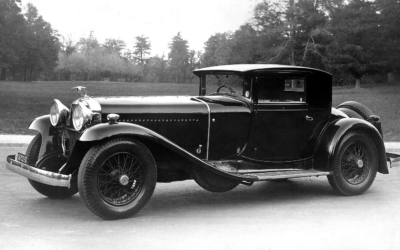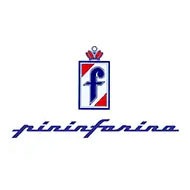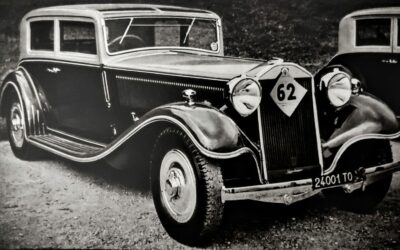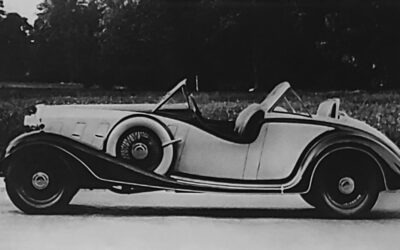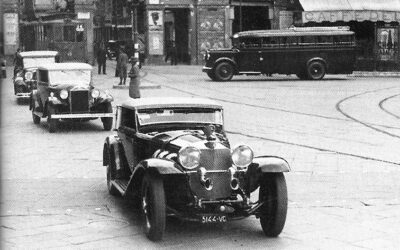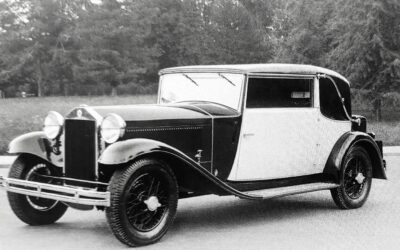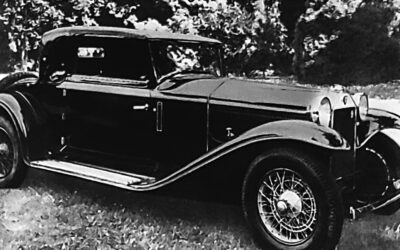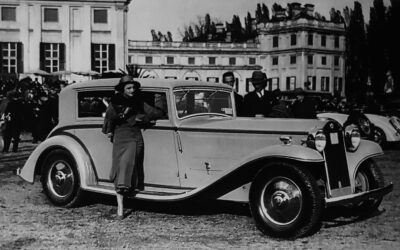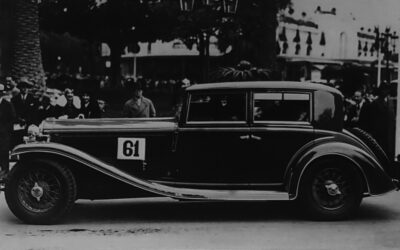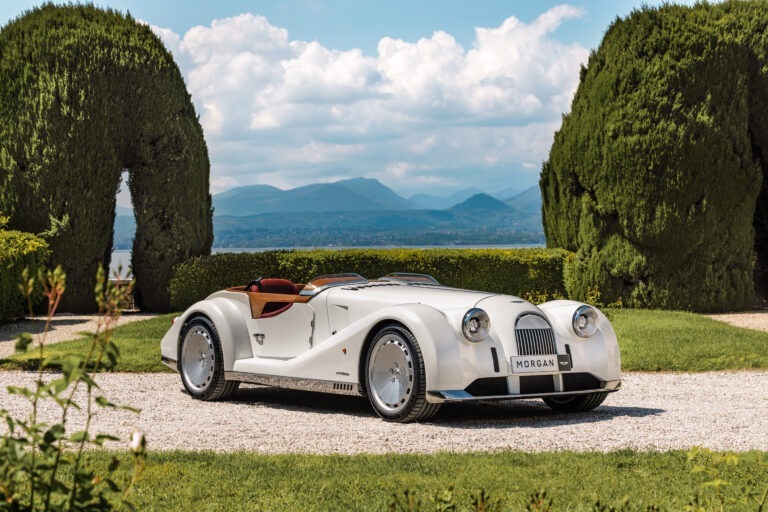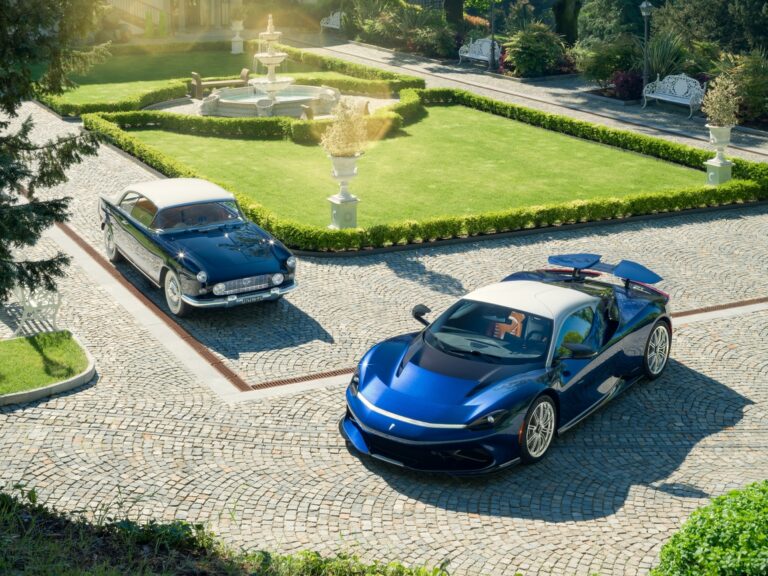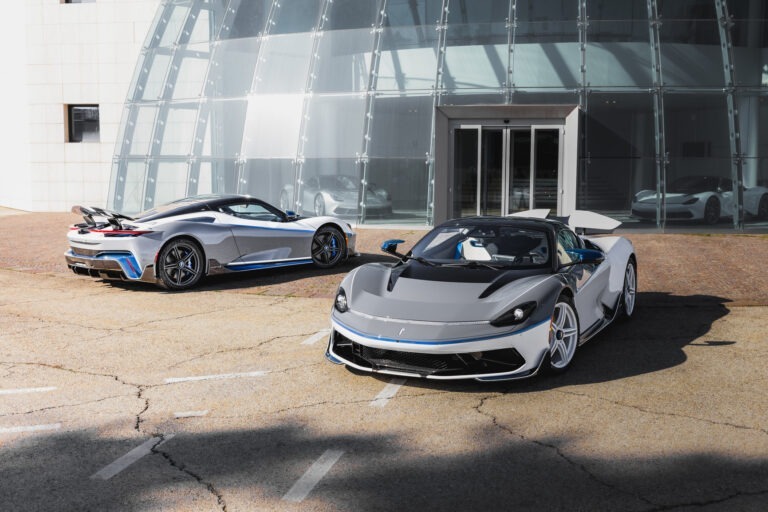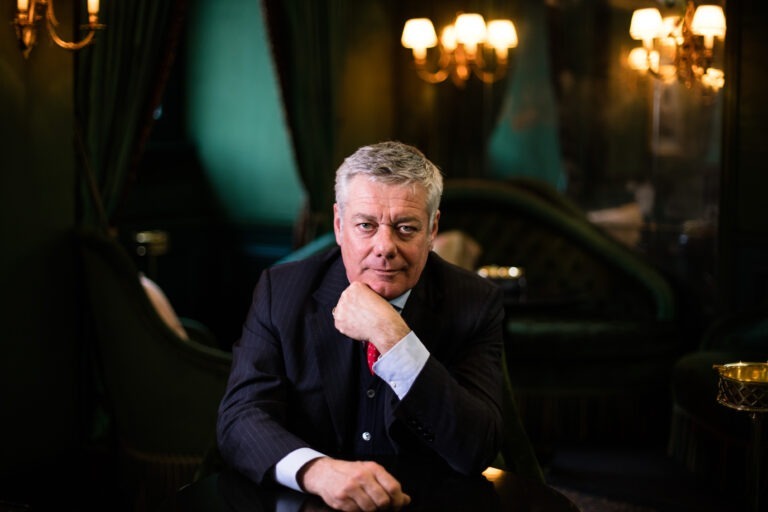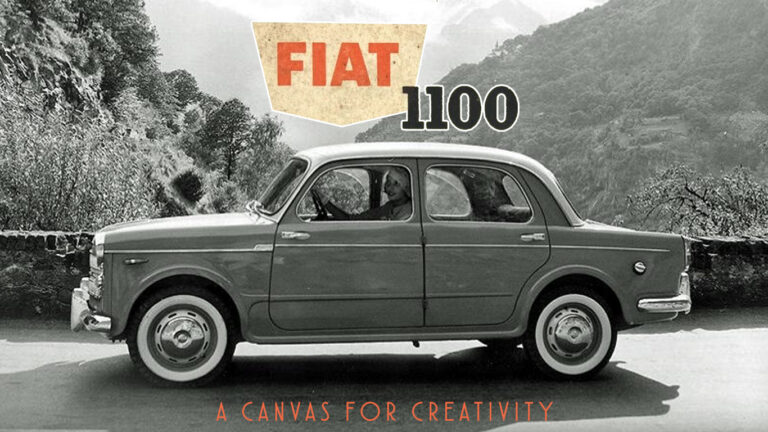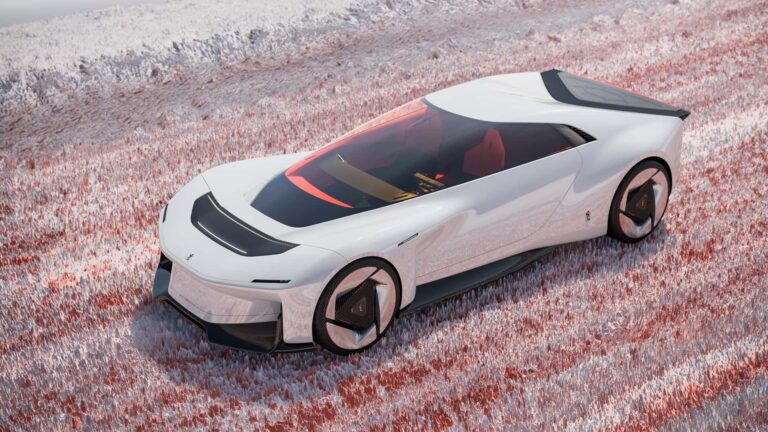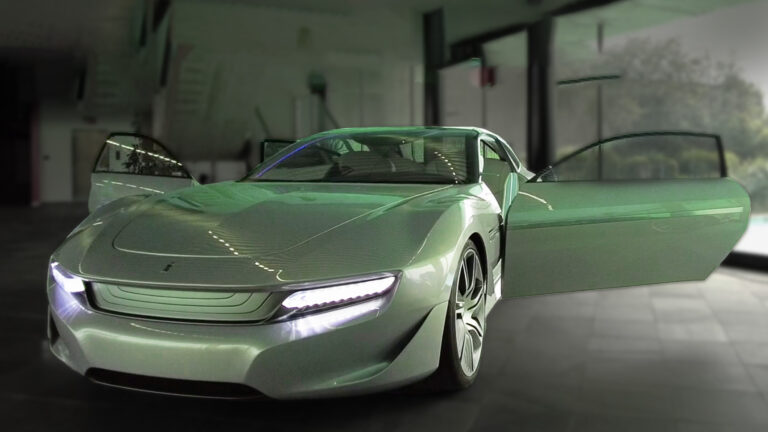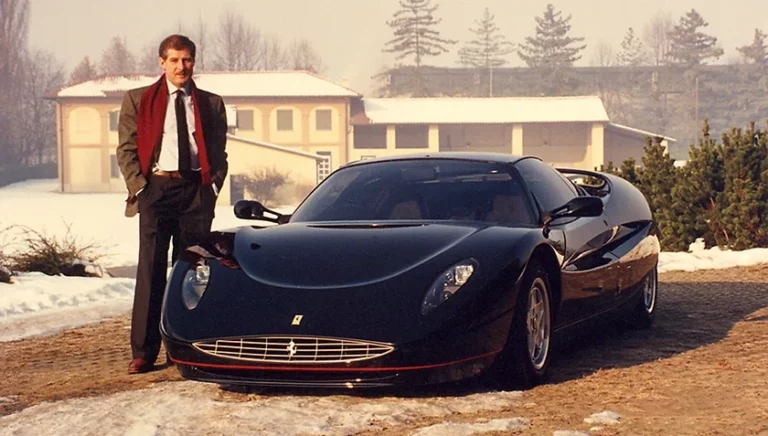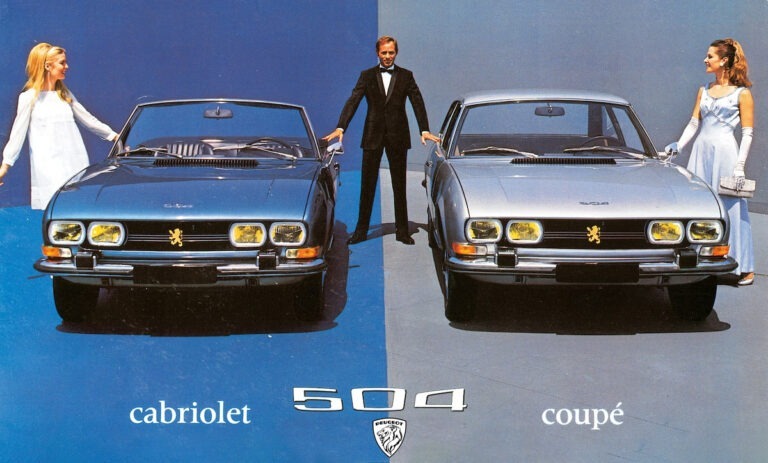Pininfarina
We move dreams

2
- 2024 IF Design Award
- 2021 IF Design Award

10
- 1952 C d'E Roma
- 1932 Villa d'Este
- 1950 C d'E Venezia
- 1956 C d'E Cannes
- 2019 Villa d'Este
- 1947 C d'E Monte Carlo
- 2024 Villa d'Este
- 1957 C d'E Roma
- 2014 Villa d'Este
- 1936 Milano

46
- 1932 C d'E Monte Carlo
- 1948 C d'E Firenze
- 2024 Mantova
- 2022 Pebble Beach
- 2023 Villa d'Este
- 2004 Pebble Beach
- 1935 C d'E Monte Carlo
- 1934 C d'E Torino
- 1933 Villa Olmo
- 1931 C d'E Monte Carlo
- 1949 Villa d'Este
- 1938 San Remo
- 1956 Pebble Beach
- 2021 Pebble Beach
- 1939 C d'E Torino
- 1939 San Remo
- 1936 C d'E Roma
- 1935 C d’E Cannes
- 1935 C d'E Torino
- 1947 C d'E Torino
- 1960 C d'E Roma
- 1947 Villa d'Este
- 2018 Mantova
- 1933 C d'E Torino
- 1949 C d'E Roma
- 2013 C d'E Cannes
- 2011 Amelia Island
- 2013 Monte Carlo
- 1946 C d'E Torino
- 2024 Villa d'Este
- 1951 C d'E Roma
- 1956 C d'E Roma
- 2008 Villa d'Este
- 2014 Villa d'Este
- 1997 Pebble Beach
- 2022 Villa d’Este
- 2007 Villa d'Este
- 2003 Villa d'Este
- 2010 Villa d'Este
- 2019 Mantova
- 1955 C d'E Campione d'Italia
- 1954 C d'E Roma
- 1947 C d'E Monte Carlo
- 1937 C d'E Torino
- 1937 San Remo
- 1957 C d'E Roma

1
- 2023 Green Good Design Award

20
- 1948 C d'E Firenze
- 1947 San Remo
- 2024 Mantova
- 1938 Cortina
- 1933 C d'E Nervi
- 1932 Villa d'Este
- 1937 Villa Olmo
- 1938 San Remo
- 1939 San Remo
- 1947 C d'E Firenze
- 1955 Geneva
- 1952 Geneva
- 1937 C d'E Torino
- 1936 Milano
- 2013 Monte Carlo
- 1931 C d'E Roma
- 2019 Mantova
- 1954 C d'E Roma
- 1947 Mostra della Carrozzeria
- 2016 Pebble Beach

2
- 1947 C d'E Torino
- 2013 Amelia Island
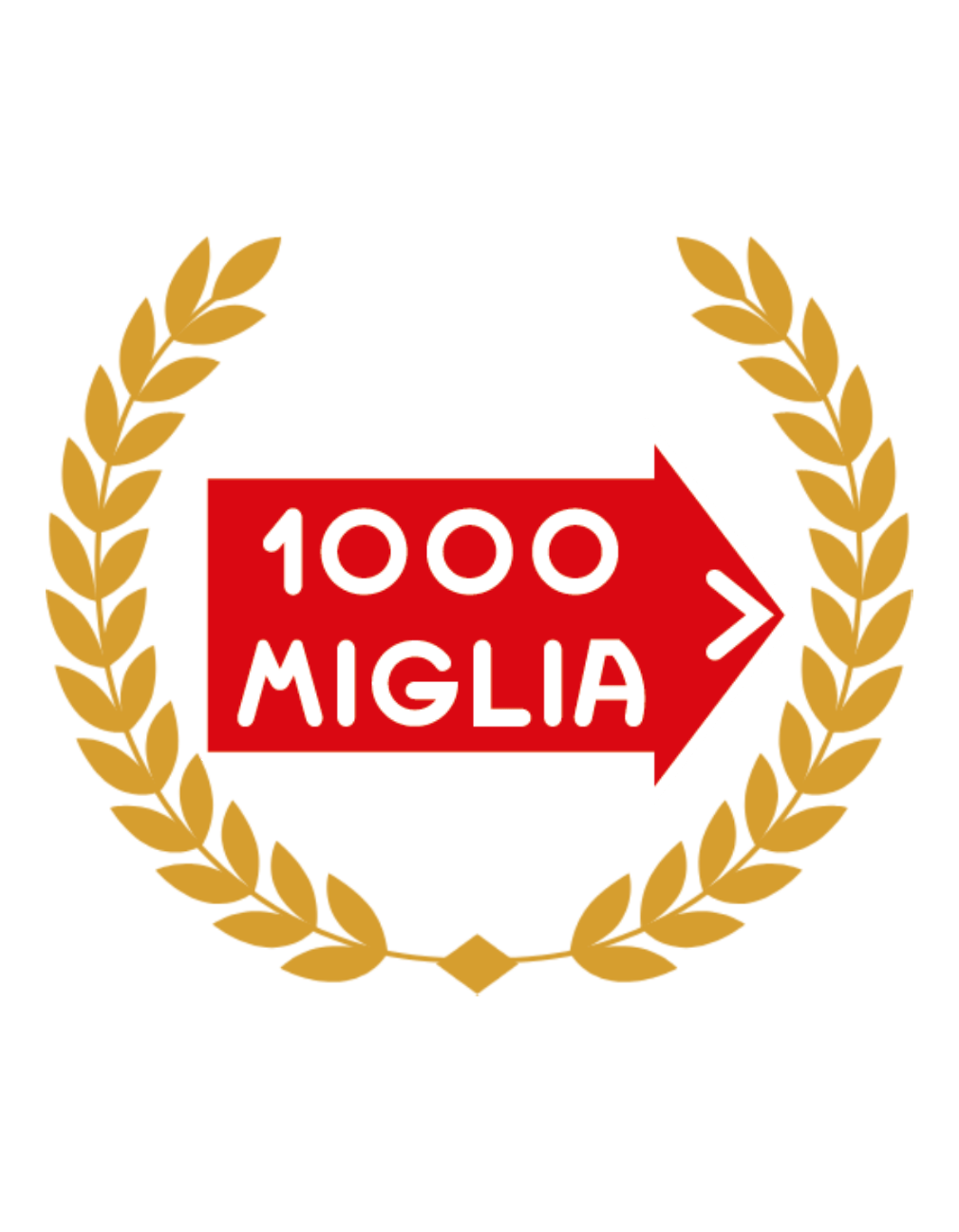
2
- 1957 Mille Miglia
- 1954 Mille Miglia
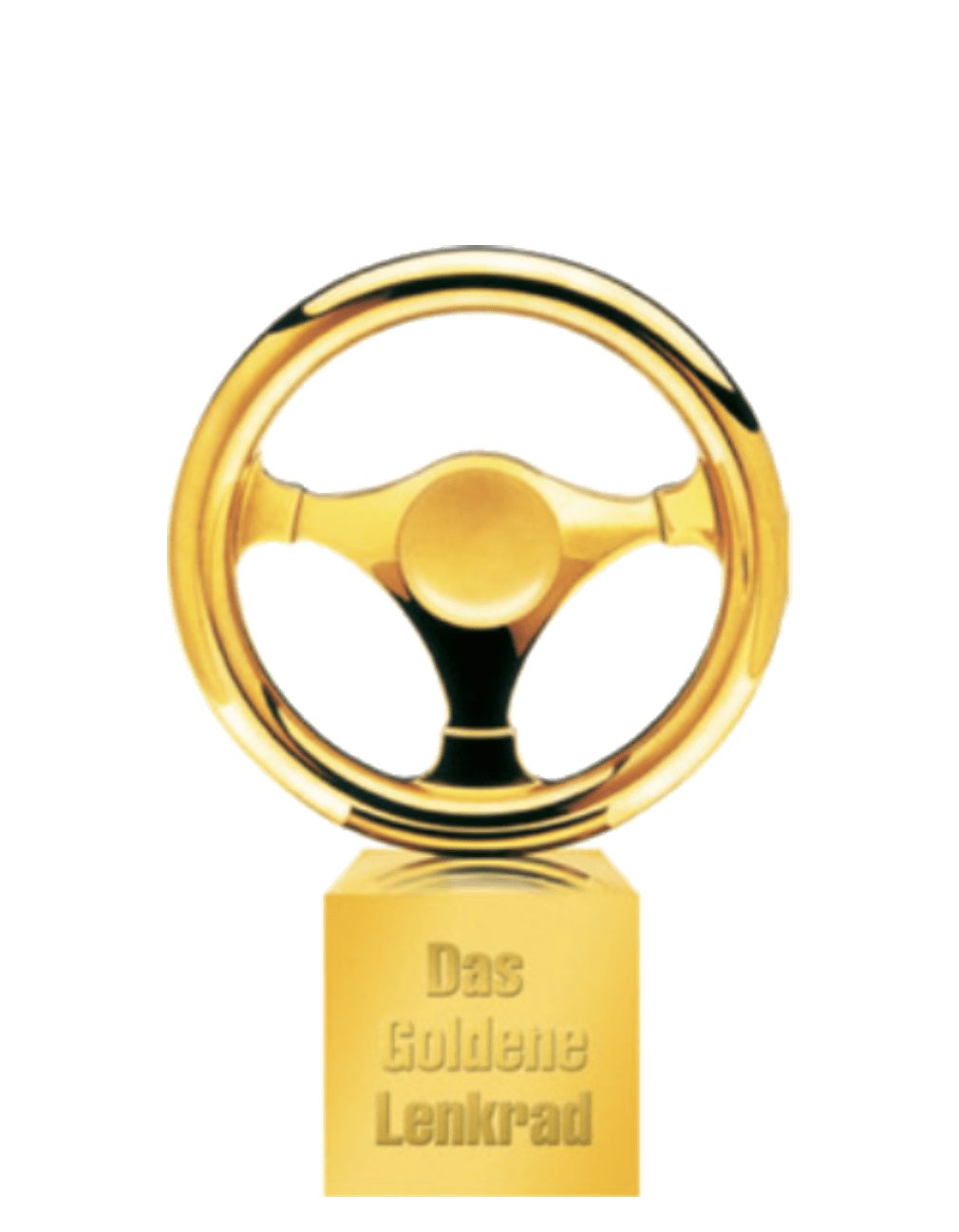
2
- 1995 Goldenes Lenkrad
- 2012 Goldenes Lenkrad

3
- 1974 Paris
- 2005 Geneva
- 2016 Geneva

1
- 1990 Car Design Award Concept

2
- 1997 Car Design Award Production
- 1985 Car Design Award Production
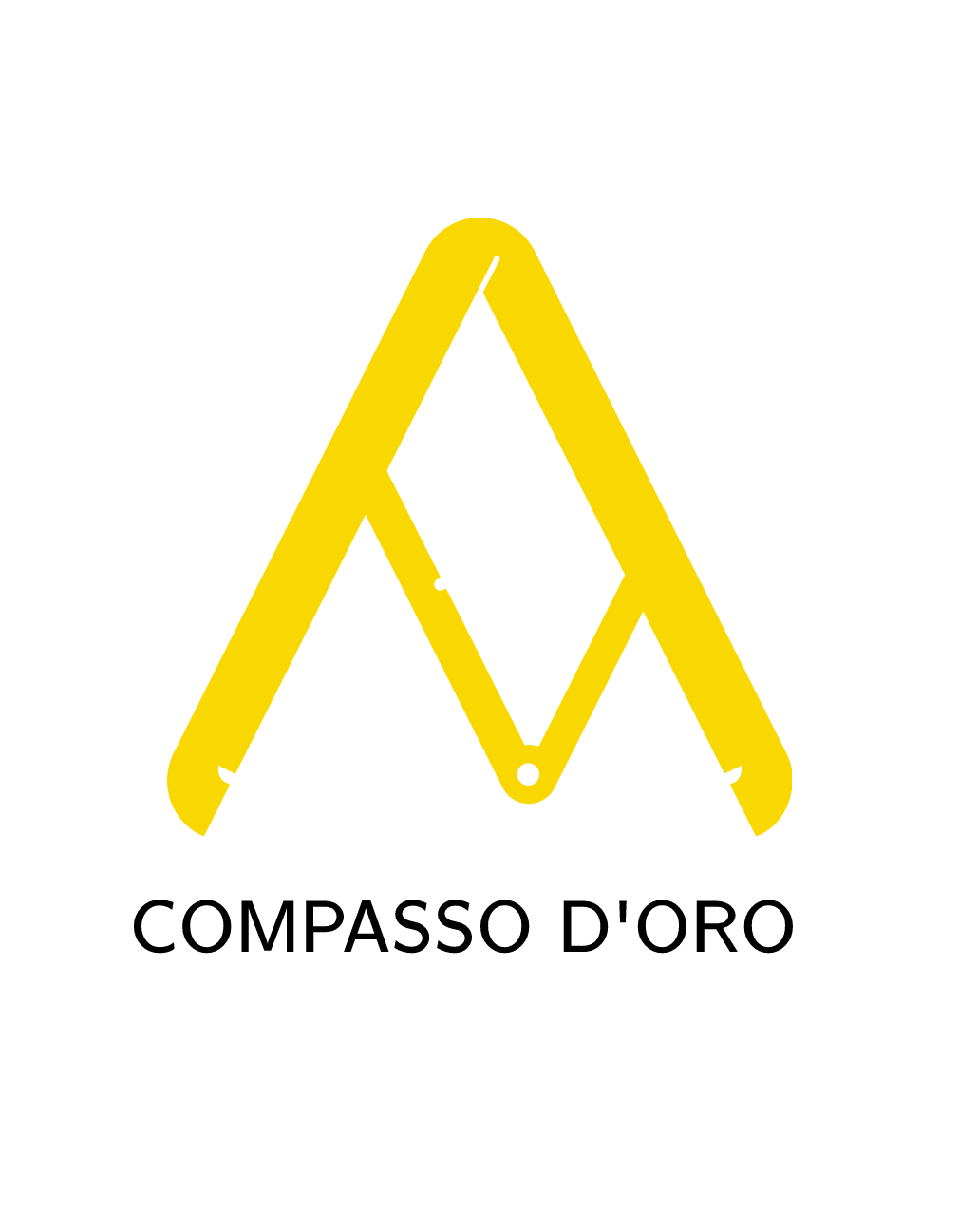
4
- 2008 Compasso d’Oro
- 1979 Compasso d’Oro
- 2014 Compasso d’Oro
- 2020 Compasso d’Oro


1
- 2013 Good Design Award

1
- 2008 Red Dot Design Award


